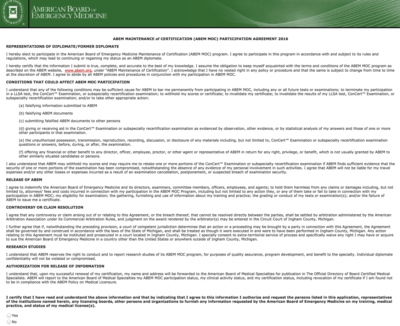I like lacs (lacerations). It’s bread and butter in EM, and it’s a way to demonstrably help a patient immediately and visibly.
Visibly is where the tattoos come in. While I don’t have any skin art, many of my patients do. It’s interesting how many lacerations go through my patients’ tats.
While with the USMC in Okinawa, a patient went through a window. Whether he jumped or was pushed was a point of contention, but that mattered not to me. What did matter was the roughly 2 foot long, razor-straight laceration of an upper-through-to-lower arm, going through an ornate tattoo.
Due to the natural stretch of skin (Langhers’ lines) when skin is cut it doesn’t fall one side to another like a steak, but will ‘spring’ into different directions…. which makes deciding what to tie to what a little complicated.
Unless there’s a picture embedded into the skin. Then, it’s a relatively easy ‘connect the dots’, putting the picture back together.
I spent the better part of a couple of hours doing my best, and in the end even the patient was happy with the result. He did say that he’d get it touched up after it healed… (Someone educate me here, how do scars take tattoo dye)?
Yes, lacs happen, and we try to make the resulting closure first functional and then as cosmetic as we can. The tats make it a lot more interesting.




Had a pt with a very elaborate large eagle tattooed on his chest and we sent him for CABG; the surgeons did a fabulous job of lining up the image. A year later it was difficult to see his well healed incision.
Judging by one of my tattoos, scars (at least small ones) seem to take up tattoo ink just fine. Hurts a little more going in, though.
Yep, but what about those that are covered in tatoos and when you go to give them an IM shot, they tell you, “I am afraid of needles”.
Have had two recently that refused IM shots and left without pain meds. OK by me. Yes, they took their prescriptions for hydrocodone.